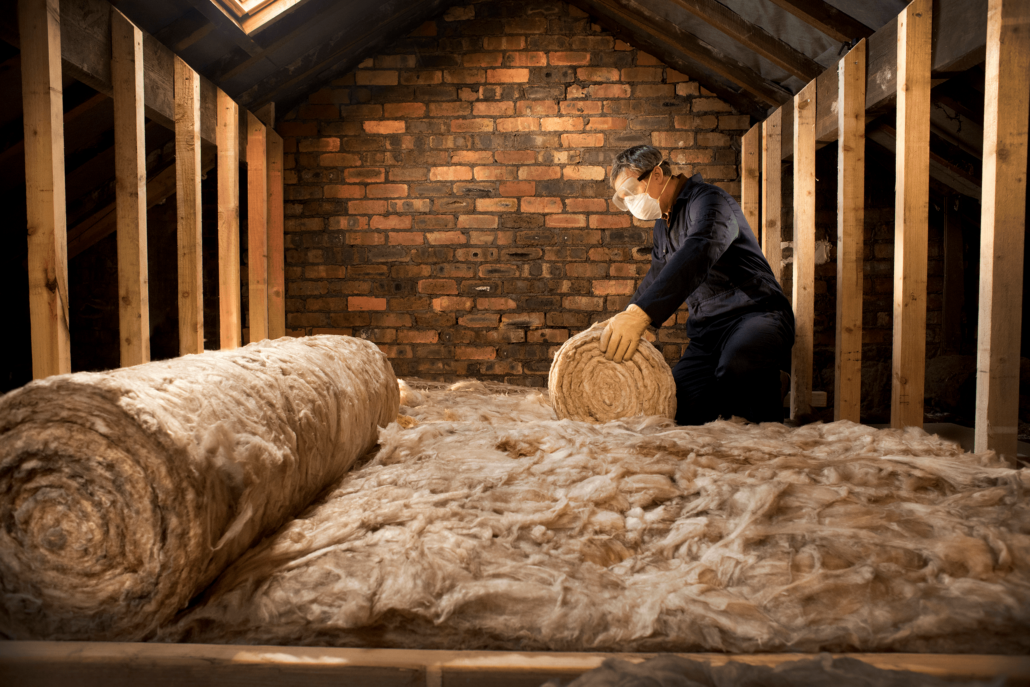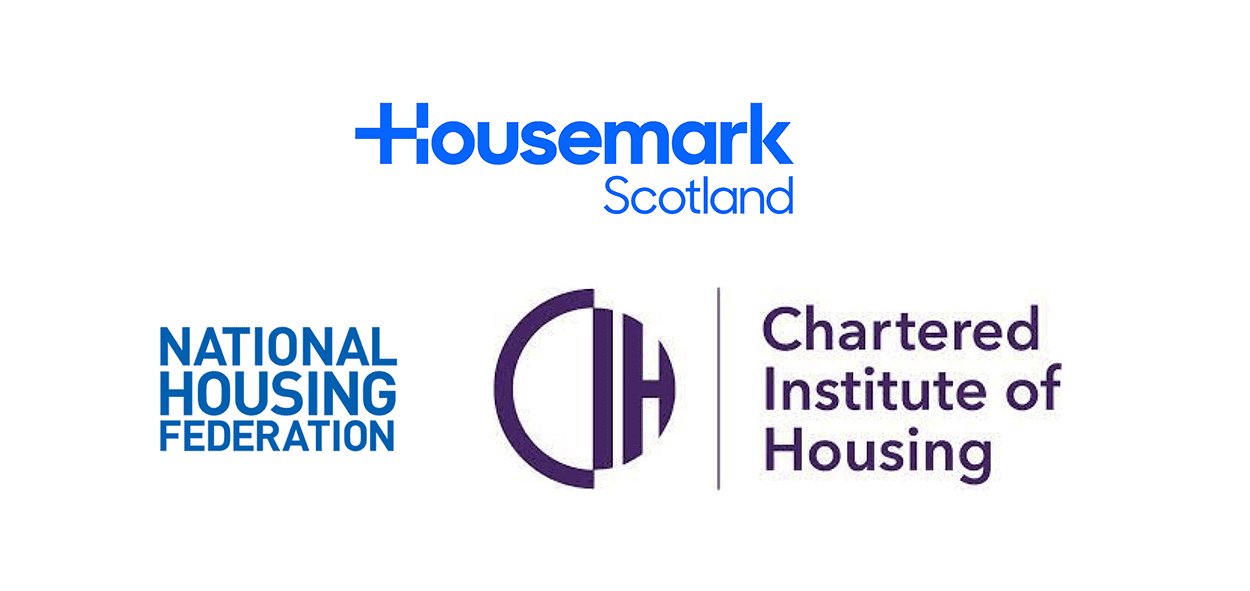Chris McGinn at PfH Scotland gives an overview of the new domestic retrofit standard, PAS 2035, and provides advice for housing associations and local authorities on how to prepare for and cope with the changes.
Last year a new domestic retrofit standard was introduced to Scotland and across the UK. PAS 2035 sets out an updated spec for the design of low carbon measures and any social landlord drawing on government Energy Company Obligation (ECO) funding must comply.
But retrofitting housing stock using this comprehensive ‘whole house approach’ isn’t easy and many housing associations and local authorities are struggling.
Although the ambitions of this standard are welcome, it has made the eco-improvement process more onerous. Many asset managers and procurement teams are telling me that costs per unit have increased, and works are taking longer. A shortage of the retrofit experts needed for new roles is also a problem.
So, what are the practical changes brought by the Publicly Available Specification (PAS) 2035 and why are they making things more difficult?
This new industry-wide code of practice aims to prevent upgrades being poorly designed, defective or made in isolation – issues that have, in the past, reduced the overall energy efficiency of homes and led to unintended health and social issues for residents.
PAS 2035 forces social housing providers to think about carbon-cutting holistically, as a whole system of interrelated works rather than individual measures. They must consider the technical fabric of a property but also a householder’s views and the environment of their home.
The people responsible for each element of the process have also changed to improve accountability. Specific roles must be in place on each project and professionals have to hold certain qualifications before they can begin.





